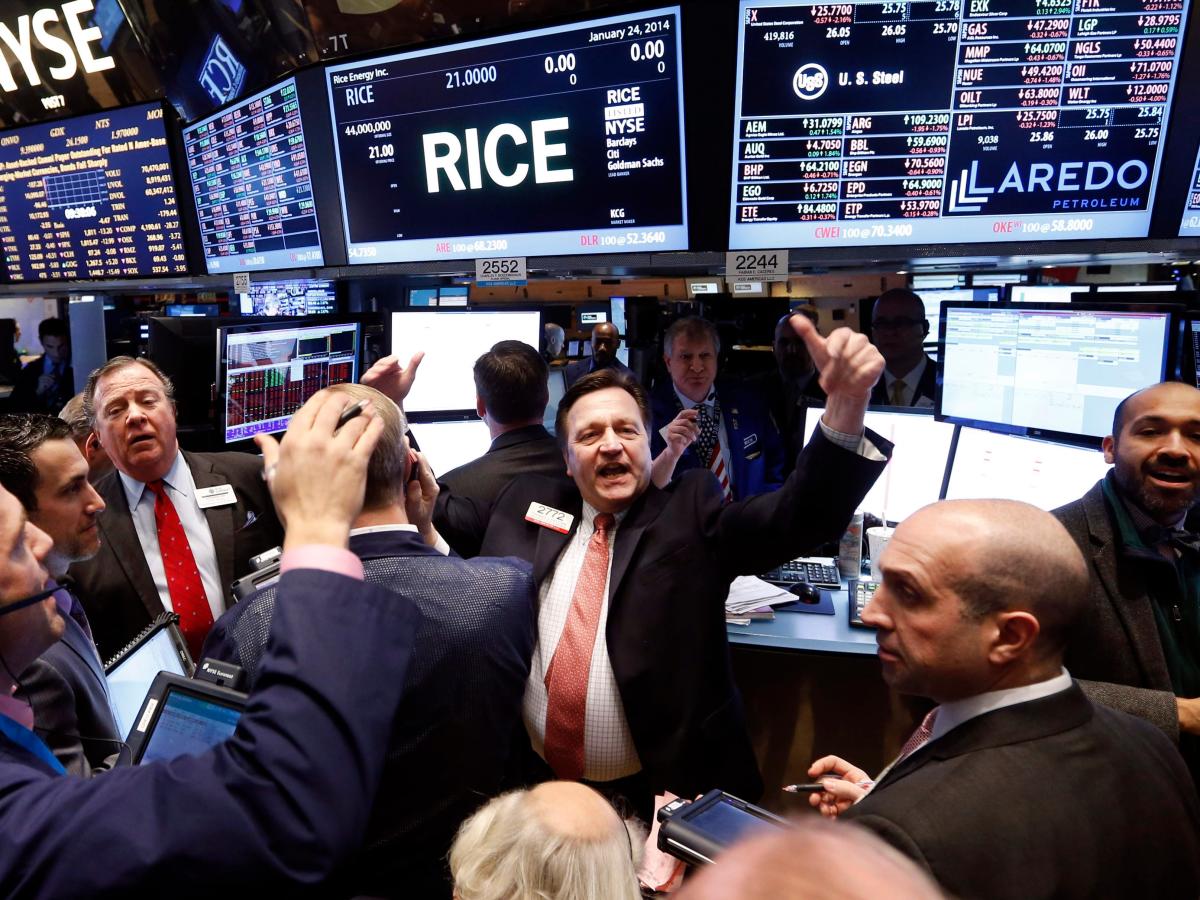After winning the Jan. 23 New Hampshire primary election, Donald Trump seems to be cruising toward the Republican presidential nomination. President Joe Biden faces virtually no opposition on the Democratic side. Both men are now campaigning against each other. The 2024 general election is underway.
Inflation is shaping up as the swing factor likely to determine who wins in November, which by now is a problem Biden is intimately familiar with. To economists, inflation is nearly back to normal. The inflation rate has dropped sharply from a high of 8.9% in 2022 to 3.3% now, and the latest indicators suggest inflation will continue to decline. The retreat of inflation has fueled an impressive stock market rally, with the S&P 500 index up 20% from its October low.
But most voters don’t think like economists, and Americans are very aware that prices for necessities such as food, rent, and energy have gone up and stayed up, even as the overall rate of price increases has come down. Voter attitudes toward inflation — whether it’s back to normal or indefinitely punishing — could be a decisive factor as late deciders choose their candidate in the fall.
New modeling by Oxford Economics finds that a modest rise in inflation by the fall could swing the election to Trump in November. Like other forecasters, Oxford thinks a small portion of swing voters in a handful of swing states — Georgia, North Carolina, Pennsylvania, Michigan, Wisconsin, Arizona, and Nevada — will tip the balance one way or the other. And the extent to which inflation is on their mind will determine their support for Biden, or their opposition.
Oxford developed three election scenarios relating to inflation. In the first, the rate of inflation continues to drop, but voters focus on the cumulative increase in prices since Biden took office — and Trump beats Biden. Under this outcome, Trump would retake five swing states Biden won in 2020 — Georgia, Pennsylvania, Wisconsin, Arizona, and Nevada — earning a 297-241 electoral college victory.
That’s a clear risk for Biden. Compared with the pre-COVID year of 2019, the cost of groceries, rent, transportation, and household energy have all risen slightly more than incomes, which means the typical family has been falling behind during that period. The trend reversed last year, with incomes rising by more than inflation and workers beginning to catch up. But a lot depends on whether voters feel like they’re getting ahead, which doesn’t always match the statistical reality.
In the second Oxford scenario, voters are a bit cheerier and give Biden credit for the falling rate of inflation while worrying less about cumulative price hikes. Biden loses two swing states — Georgia and Nevada — but still squeaks out a 281-257 electoral college win.
The third Oxford scenario is similar to the second, with voters paying more attention to improving real incomes than to inflation per se. In this model, Biden wins with a 287-251 victory.
All of those models are based on Oxford’s forecast of a 2.4% inflation rate in the third quarter of this year, which would be nearly a full point lower than the current inflation rate. If inflation pulls a U-turn and picks back up, Biden is in trouble. If inflation hits 3.8% by the third quarter, Oxford forecasts that Biden would lose Arizona but still win in a squeaker. If it tips up to 4%, Biden would lose Pennsylvania too and Trump would win in a nail-biter.
Drop Rick Newman a note, follow him on Twitter, or sign up for his newsletter.
Election forecasts are fun (for election geeks) but obviously fraught. Polls were notoriously and grievously wrong in the 2016 election because they failed to capture the depth of support for Trump. Economic forecasts are dicey, too. Many economists felt sure a recession was in store for 2023, yet the year ended with 2.5% real GDP growth, adjusted for inflation, and 2.7 million new jobs, the kind of performance any president running for reelection would gladly accept.
For months, Biden has been touting what’s going right in the economy — a strong job market, falling inflation, measurable progress transitioning to green energy — while voters have given him the hand. Consumer confidence was depressed for most of 2023 and Biden’s approval rating is a dismal 39%.
There are signs of a thaw. Confidence surged in the latest University of Michigan survey, as Americans began to believe inflation is really abating. Biden and his reelection team feel emboldened and reportedly plan to make the case for the next 10 months that the Biden economy is helping more people than the Trump economy did. The gamble is that voters won’t feel it, which would make Biden look like he’s out of touch. If he is, Trump will probably be the next president.
Rick Newman is a senior columnist for Yahoo Finance. Follow him on Twitter at @rickjnewman.
Click here for political news related to business and money policies that will shape tomorrow’s stock prices.
Read the latest financial and business news from Yahoo Finance

Amanda Smith is a dedicated U.S. correspondent with a passion for uncovering the stories that shape the nation. With a background in political science, she provides in-depth analysis and insightful commentary on domestic affairs, ensuring readers are well-informed about the latest developments across the United States.






